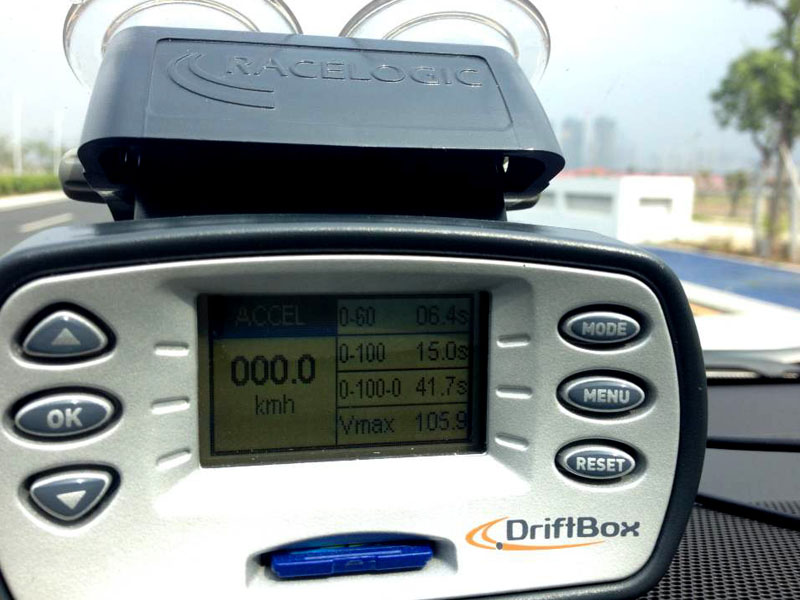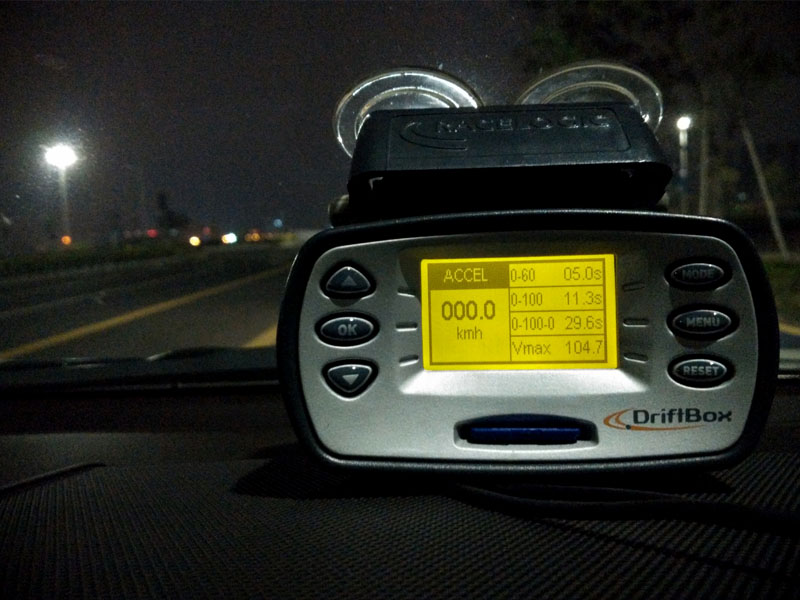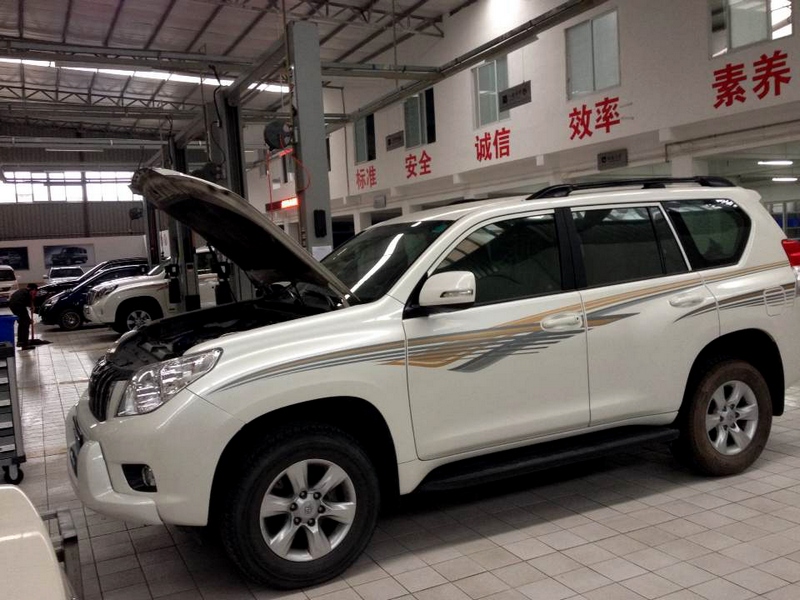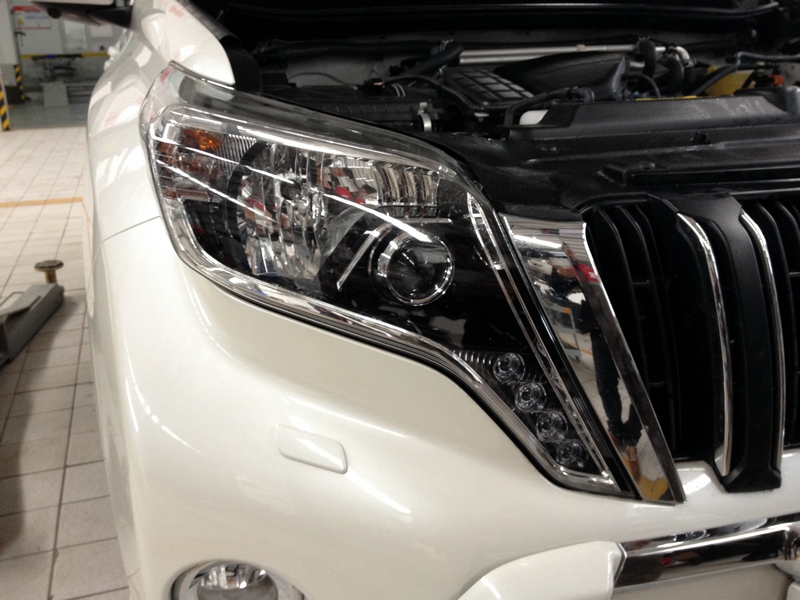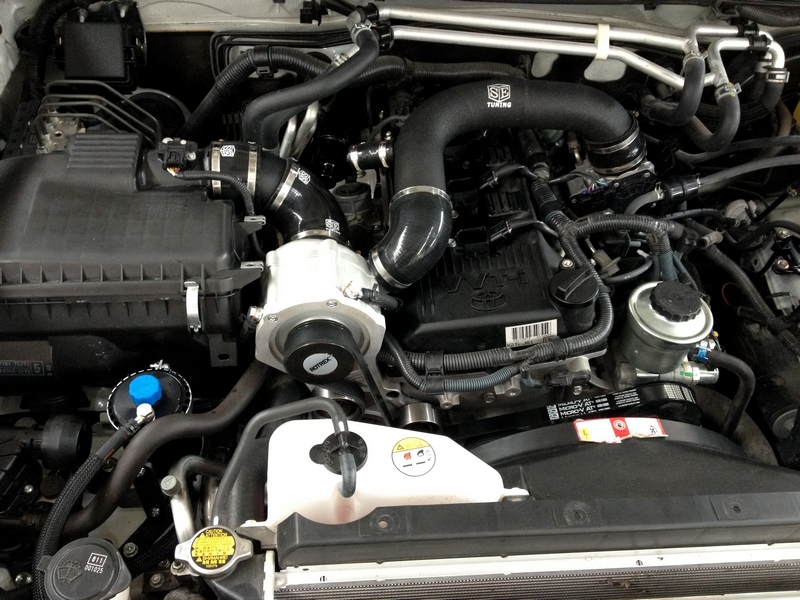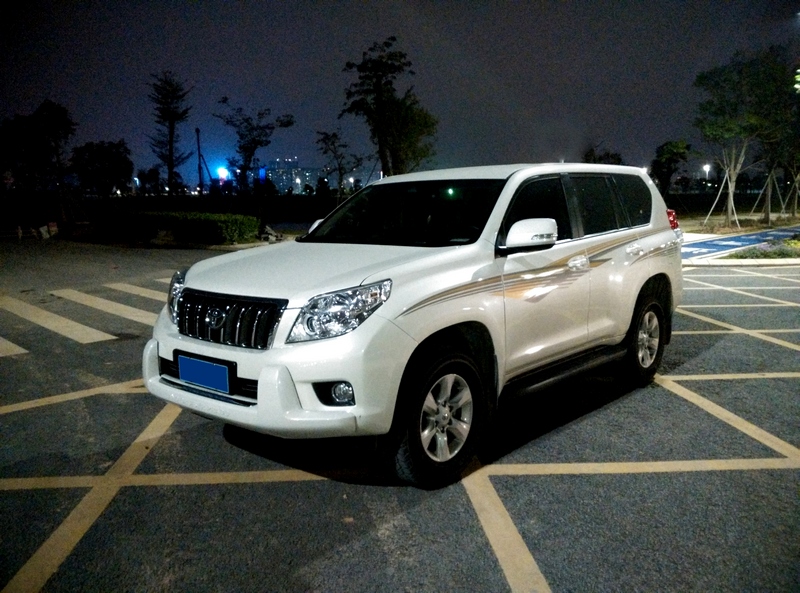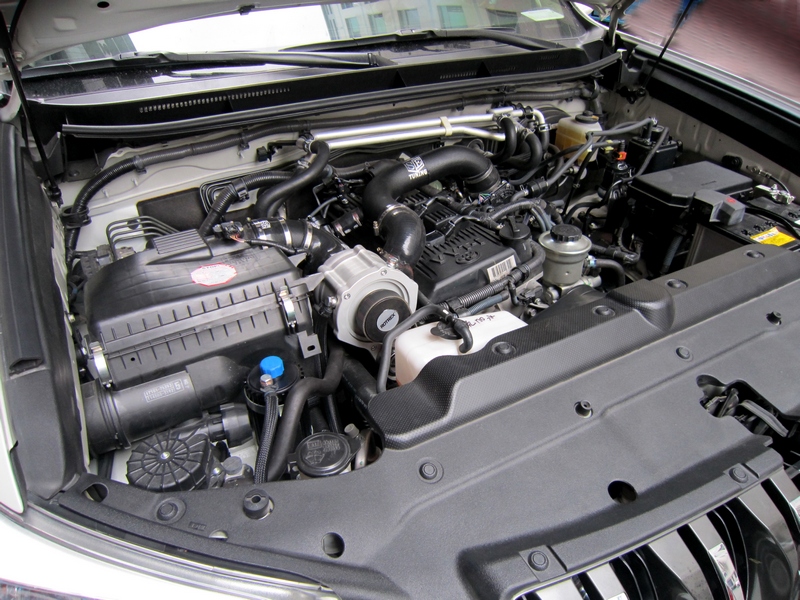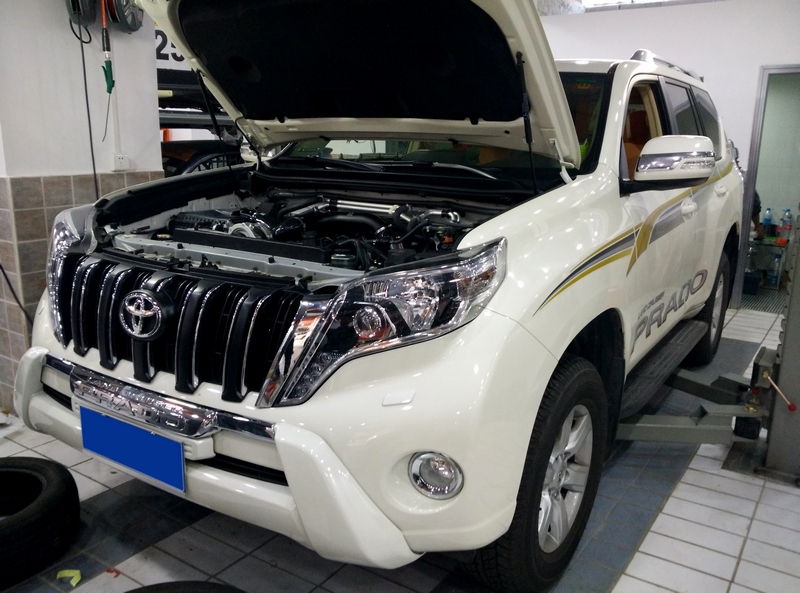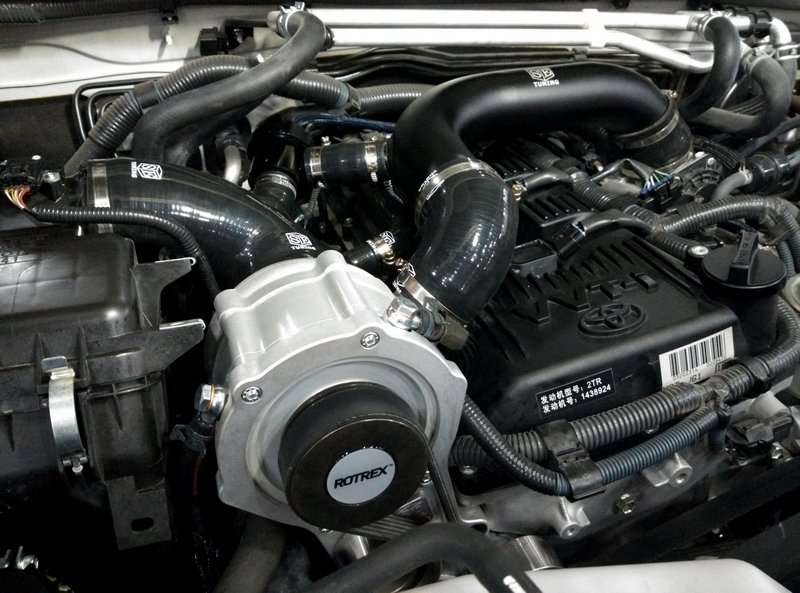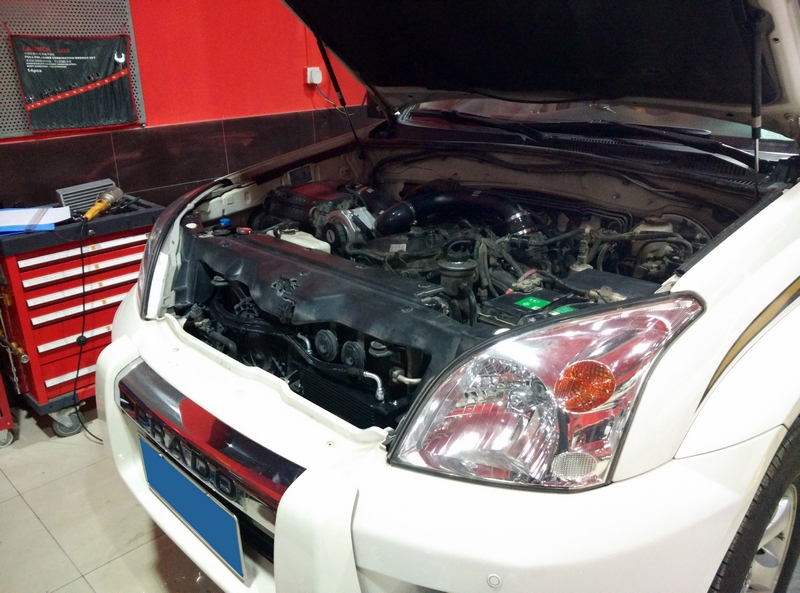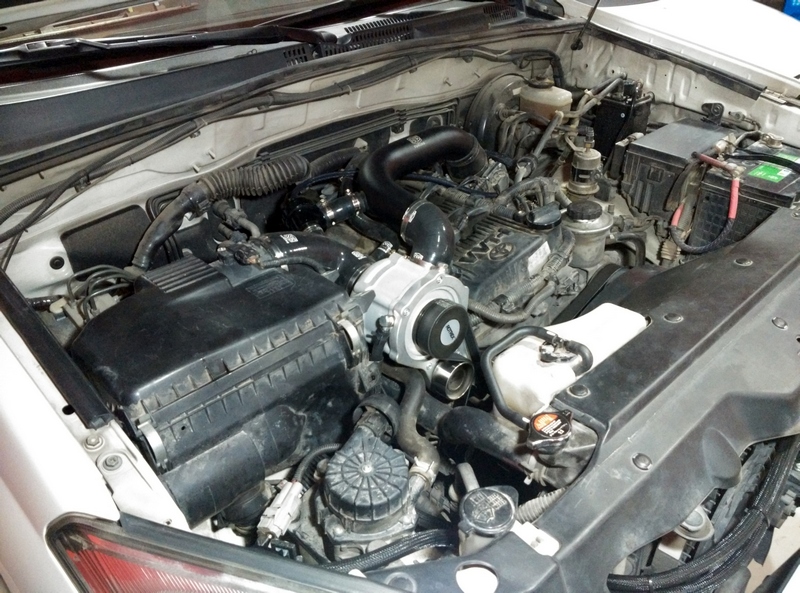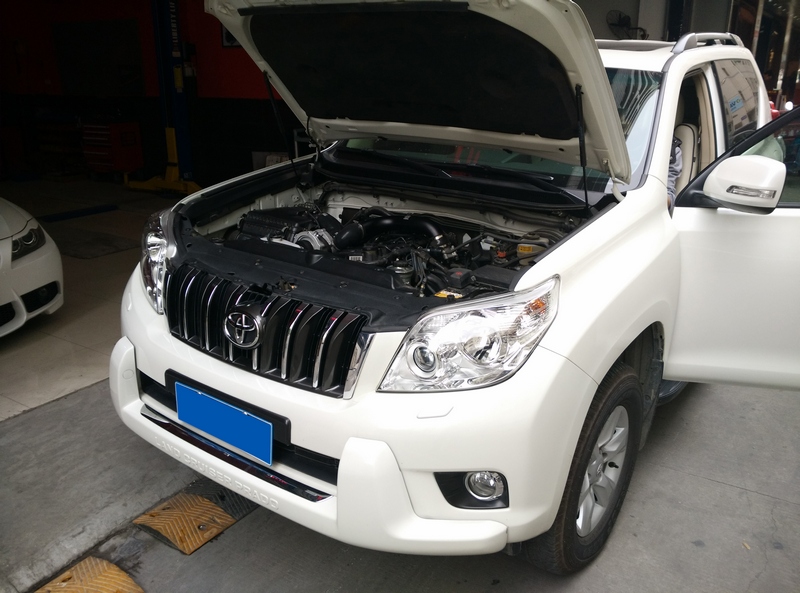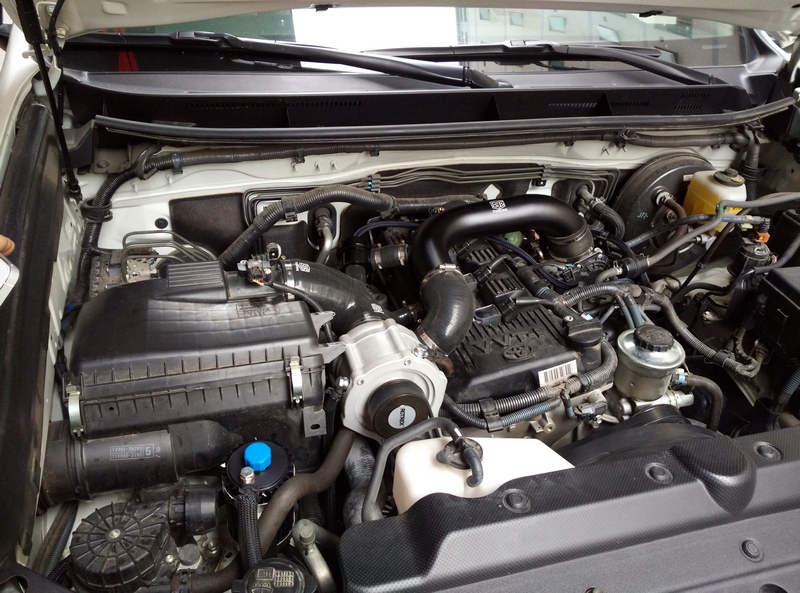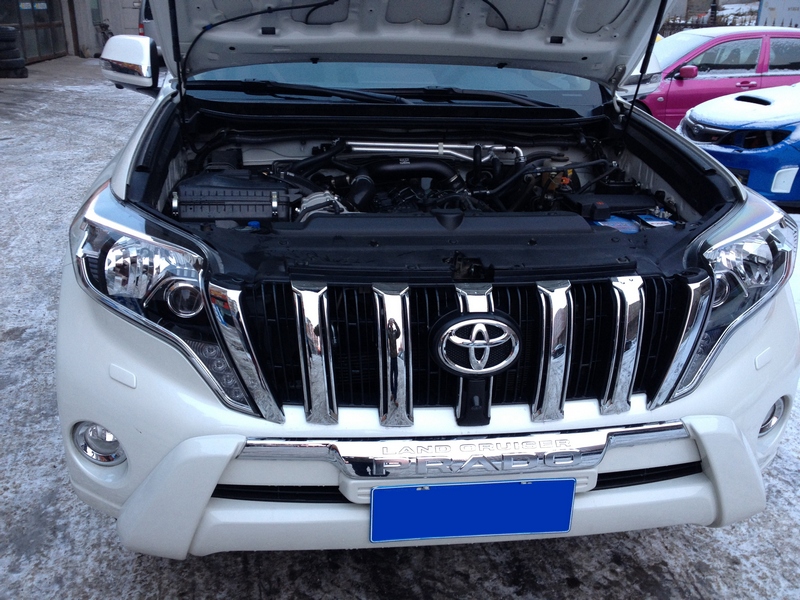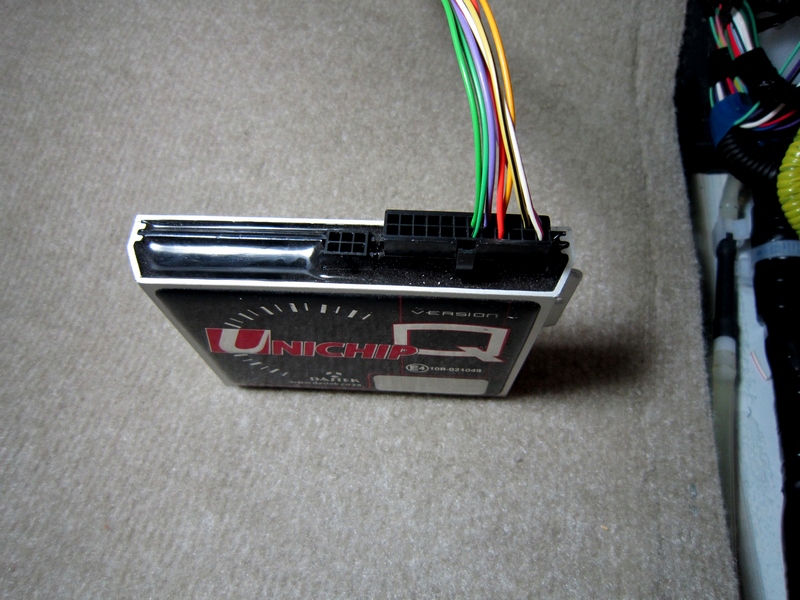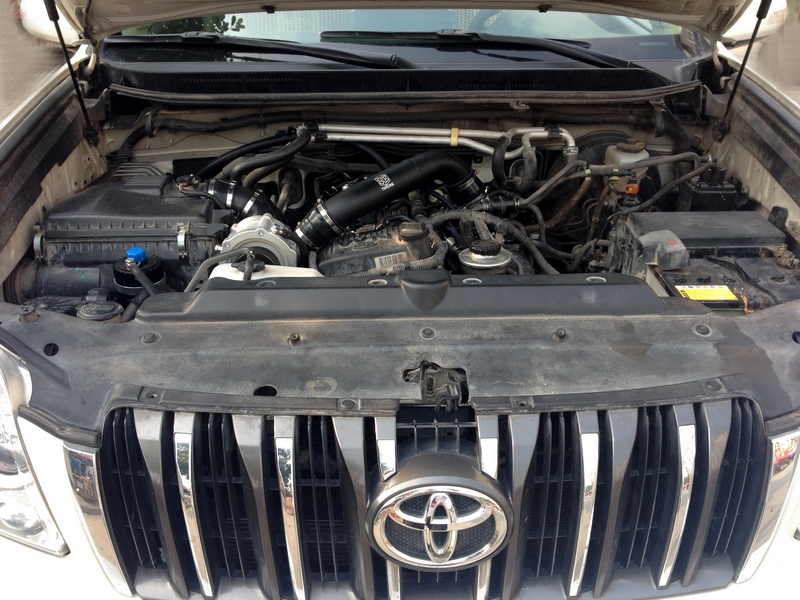As a member of the post-80s generation, my earliest memories of off-road vehicles are undoubtedly tied to the Beijing Jeep 212 from my childhood. Back then, the skies were still blue, rivers were clear, the Volkswagen Santana was beginning to dominate Chinese roads, and "traffic congestion" remained a distant legend from across the ocean. The 212 served as the workhorse for many government agencies – dressed in military green with minimalist sheet metal, a long gearshift lever, a rudimentary dashboard, and a canvas roof that leaked both air and rain... Compared to the old 212, the updated 2020 model launched a few years later suddenly appeared more stylish, which I now realize was entirely due to its four rugged wide-tread tires. What truly left an impression, however, was the vehicle's thick roll cage inside the cabin.
Three decades have flashed by in the blink of an eye – the wide-eyed child has become a father himself. Over these thirty years, we've witnessed China's step-by-step transformation, incredible yet undeniably real. Looking back, the materially scarce but warmly familiar hometown in our memories has morphed into today's prosperous, modernized version that somehow feels colder. While much has changed about myself over these years, some things remain constant: a still simple, kindhearted and optimistic nature, and an enduring passion for automobiles. Now engaged in a career I love and striving diligently for it, isn't this life truly fulfilling?
Beyond childhood experiences with the 212 and 2020, my hands-on experience with off-road vehicles – particularly hardcore off-road models – has been limited, as I've primarily worked with sedans. This changed recently when I began my first close encounter with a Prado 2700, gradually understanding why hardcore off-road enthusiasts revel in that sense of superiority – "galloping iron steeds looking down upon the world".
Before getting acquainted with the Prado, I specifically researched its heritage. My prior knowledge was limited to two points: 1. It belongs to the Land Cruiser family. 2. It starred in the infamous "Stone Lion Salute Gate" incident years ago. After online research, I found myself developing newfound respect for both Prado and Land Cruiser. Setting aside Land Cruiser's "long history" and "time-tested reliability", I was surprised to learn that the Prado lineage is nearly as old as I am. The 1984 Land Cruiser J70 two-door model is considered Prado's progenitor – more compact and lightweight, yet uncompromised in quality.
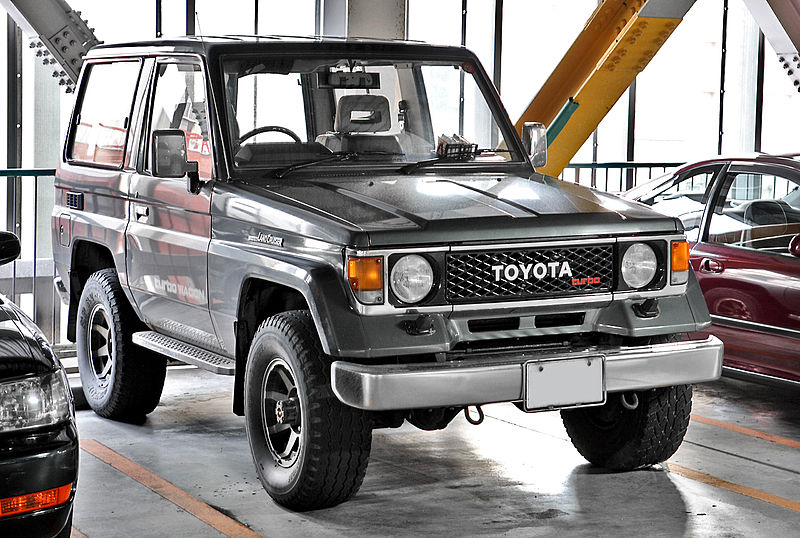
The true first-generation Prado should be the 1990 J70 Prado – a square-cut four-door variant (its tofu-block styling resembling knife-sliced precision, exuding a lean muscularity).
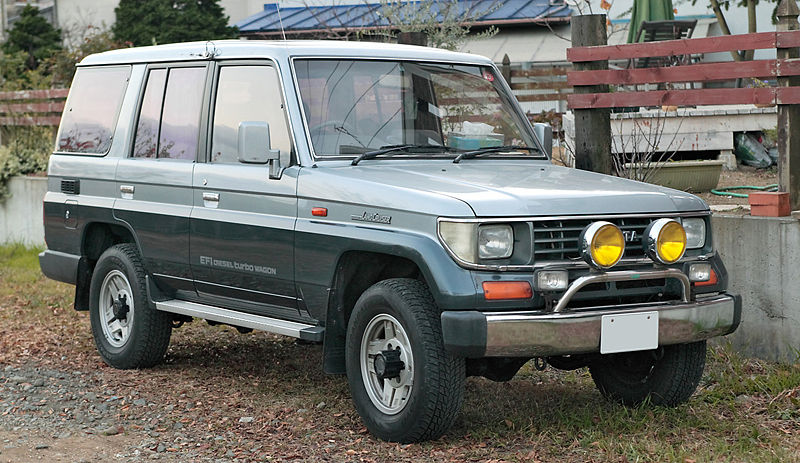
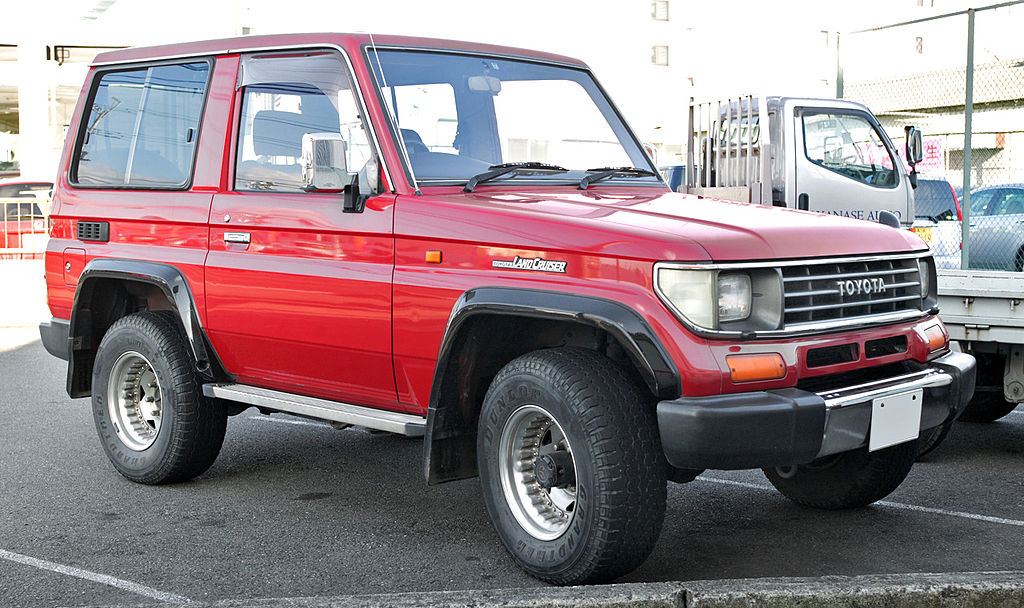
The second-generation Prado J90 debuted in 1996, its four-door variant taking on a plumper profile – like plump butter bread rolls neatly arranged on supermarket shelves, radiating an air of wholesome softness.
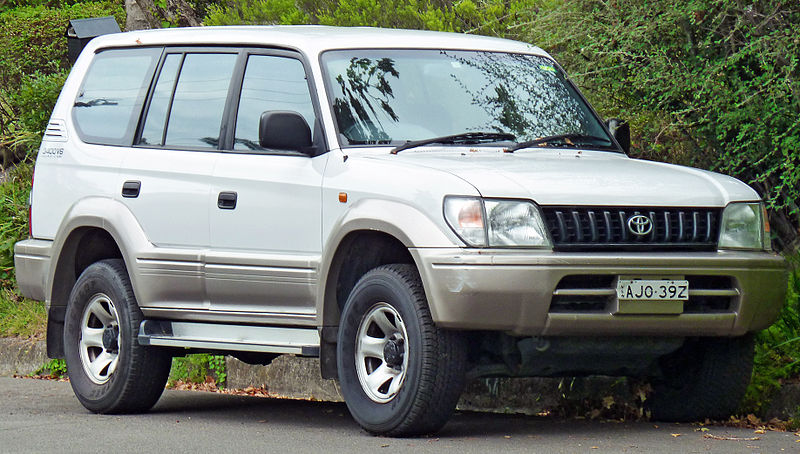
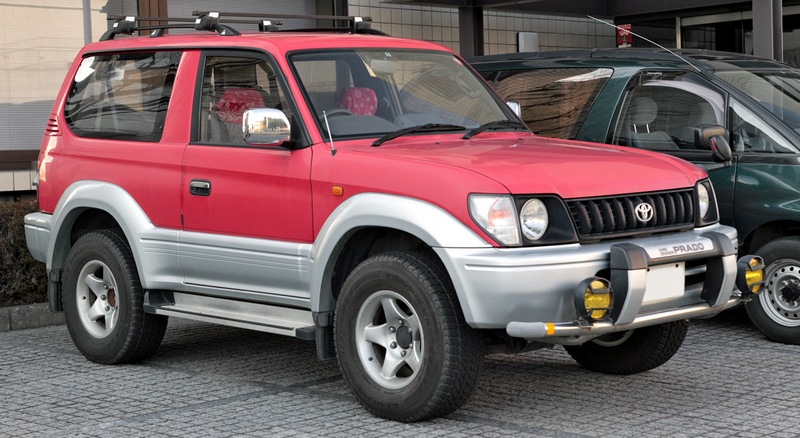
The third-generation Prado J120, launched in 2002, saw its sales skyrocket in China, leaving veteran rivals like the Mitsubishi Pajero weeping in frustration.
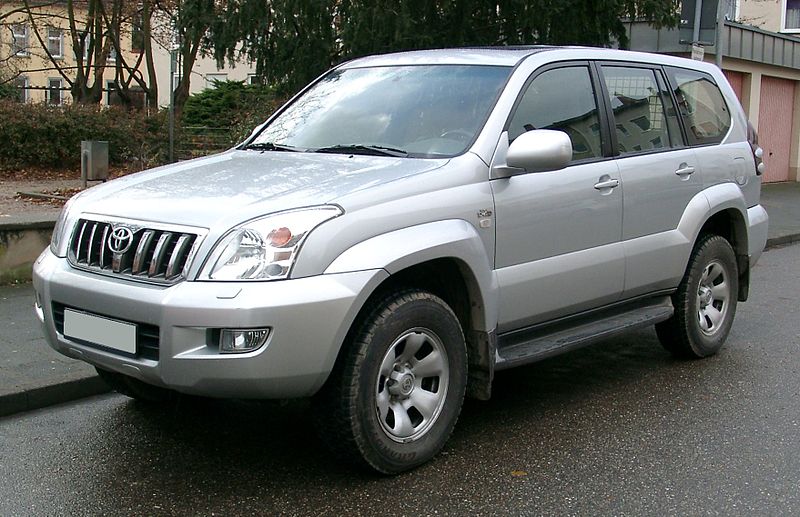
The fourth-generation Prado J150 arrived in 2009, by which time it had become the undisputed champion of China's off-road market—peerless and almost longing for worthy rivals.
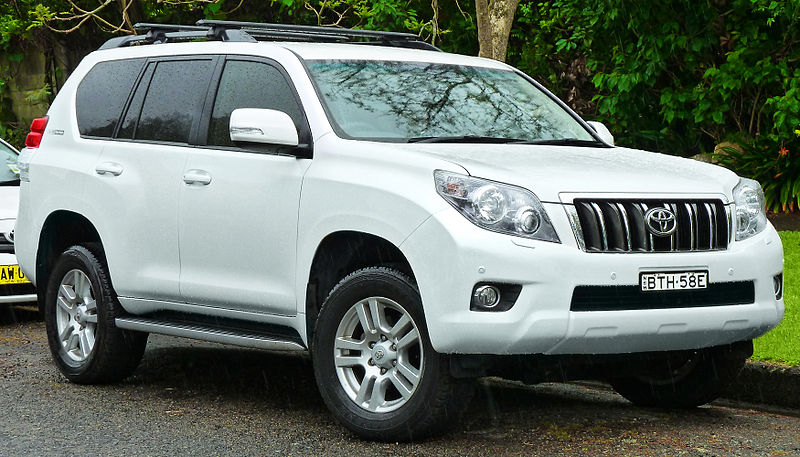
In 2004, the Prado began domestic production in China, though locally assembled models came equipped with only a single 4.0L engine option. This made the fully imported 2.7L Prado 2700 appear far more cost-effective, leading to a massive annual influx of these models into the Chinese market. While the Prado 2700's price tag was indeed attractive, its power output paled in comparison to the domestically produced Prado 4000—a significant weakness.
After driving the Prado 2700, three key impressions stood out:
-
Soft Suspension: Surprisingly plush for a hardcore off-roader. Given its body-on-frame construction and solid rear axle, I expected a rigid, no-nonsense ride. Instead, it felt sluggish and overly cushioned.
-
Soft Brakes: Another unexpected letdown. Stomp the pedal, and the braking response arrives fashionably late.
-
Soft Power: Predictably underwhelming. The initial throttle tip-in delivers a deceptive surge, hinting at untapped vigor—until the transmission upshifts, exposing the 2.7L engine’s breathless struggle.
The Burning Question: How to Fix the Power Deficit?
Without increasing displacement, two main solutions exist:
-
ECU Tuning: Effective for factory-turbocharged engines (e.g., VW’s 1.4T/2.0T or BMW’s latest turbo mills), where reprogramming or piggyback modules can unlock 30–40+ extra horsepower. For naturally aspirated engines like the Prado 2700’s, however, gains are marginal at best.
-
Forced Induction: The definitive remedy. A "supercharging system" is essentially an engineered "air blower" that crams more oxygen into the engine, transforming its output.
Tangent Alert: A Rant About "YangYang"
(Because why not?)
Shenzhen’s FM 97.1 airs a morning show called "Folk Flavors," hosted by a woman nicknamed YangYang. Her style? Uniquely grating:
-
Surreal Scriptwriting: Her lines oscillate between pseudo-poetic nonsense (“a wisp of sorrow drifts,” “your words extract my tears”) and outright gibberish. Occasional whimsy? Charming. An entire broadcast of it? Audio waterboarding.
-
Zero Preparation: She often stumbles mid-sentence, leaving listeners dangling in verbal purgatory. A typical YangYang monologue:
"Listening to [artist] feels like... (3-second pause) a summer afternoon, or perhaps... (another 3-second pause) winter sunlight, transporting us to a... (yet another pause) how to phrase it... (silence) ...a mood."
Shenzhen folks—any fellow sufferers? [Raises hand.]
Back to Business: Forced Induction FTW
For the Prado 2700’s anemic 2.7L, bolting on a supercharger or turbocharger is the only viable path to meaningful gains. Here’s the gist:
-
Supercharger: Immediate throttle response (no lag), but parasitic power drain.
-
Turbocharger: Efficient at higher RPMs, though prone to lag.
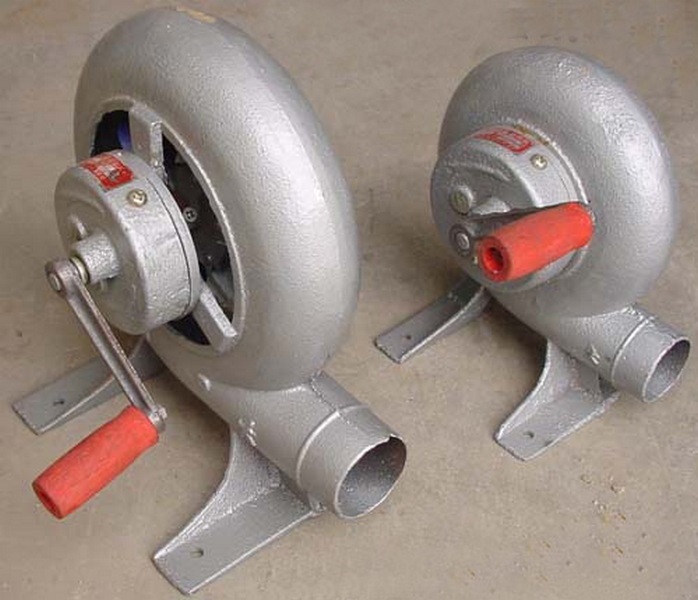
Clarification: That image above? Just a traditional hand-cranked blower—nothing to do with cars.
How a "Blower" Actually Works in Cars
A supercharger ("blower") forces more air into the engine per minute. Paired with ECU tuning (adjusting fuel injection, ignition timing, etc.), it unlocks significantly higher power output.
Why We Chose a Supercharger Over a Turbo
While turbocharging was an option, we prioritized long-term reliability. The extreme heat (hundreds of degrees) from exhaust gases in aftermarket turbo setups poses serious risks to durability.
The Winning Solution: Rotrex Centrifugal Supercharger
We ultimately adopted a Rotrex mechanical supercharger (Danish engineering!) and developed a complete forced-induction system tailored for the Prado 2700.
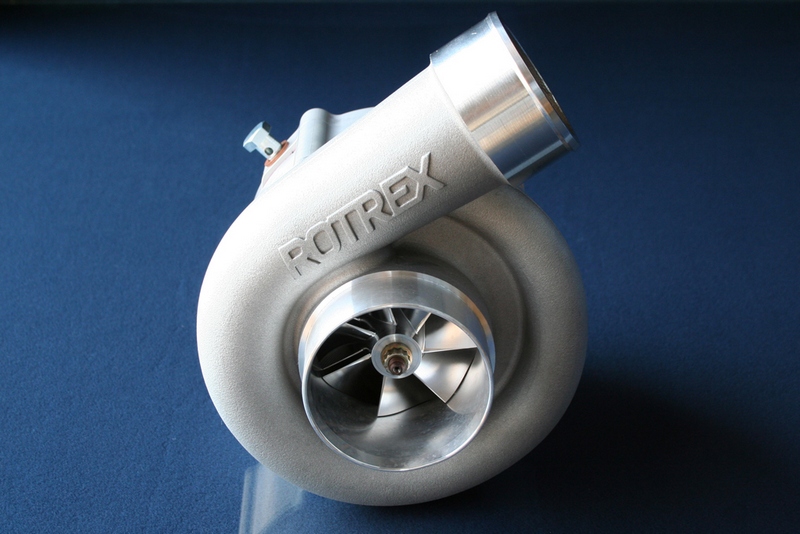
Rotrex: The Centrifugal Supercharger That Outshines the Rest
As a centrifugal supercharger, Rotrex delivers superior mid-to-high-RPM efficiency and power output compared to roots-type blowers. But what truly sets it apart from other centrifugal superchargers is its revolutionary gearless planetary traction drive—ditching traditional internal gears for a smoother, more advanced mechanism.
Why Rotrex Stands Out:
-
Compact Design – Its small footprint makes installation easier, even in tight engine bays.
-
Whisper-Quiet Operation – Far less noise than gear-driven competitors.
-
Exceptional Efficiency – Minimizes power loss while maximizing airflow.
This unique engineering makes Rotrex the ideal choice for the Prado 2700, balancing raw power gains with OEM-like refinement.
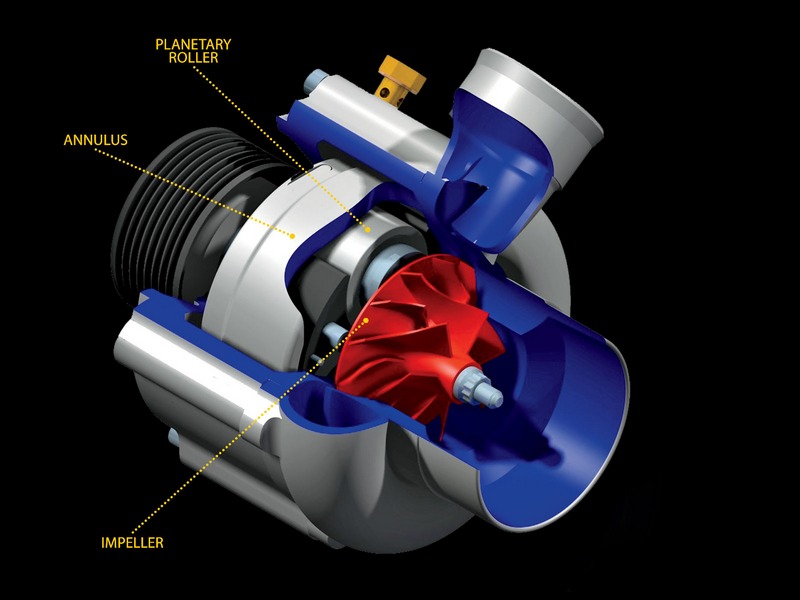
With the core components of the supercharger system finalized, it was time to configure the peripheral equipment: developing mounting brackets for the supercharger, intake piping, blow-off valves, drive belts for the supercharger, and various small hardware like screws and gaskets. Once all these parts were ready and laid out, we arrived at the scene pictured below.
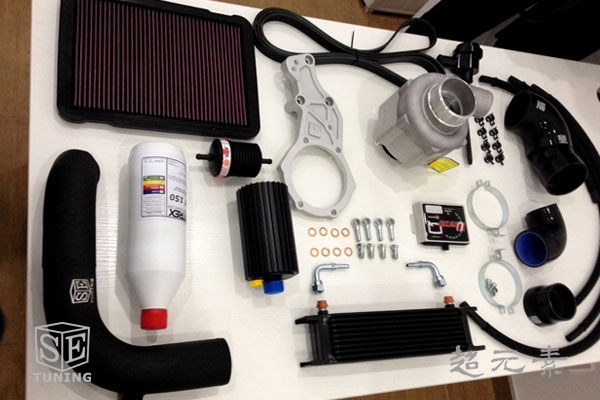
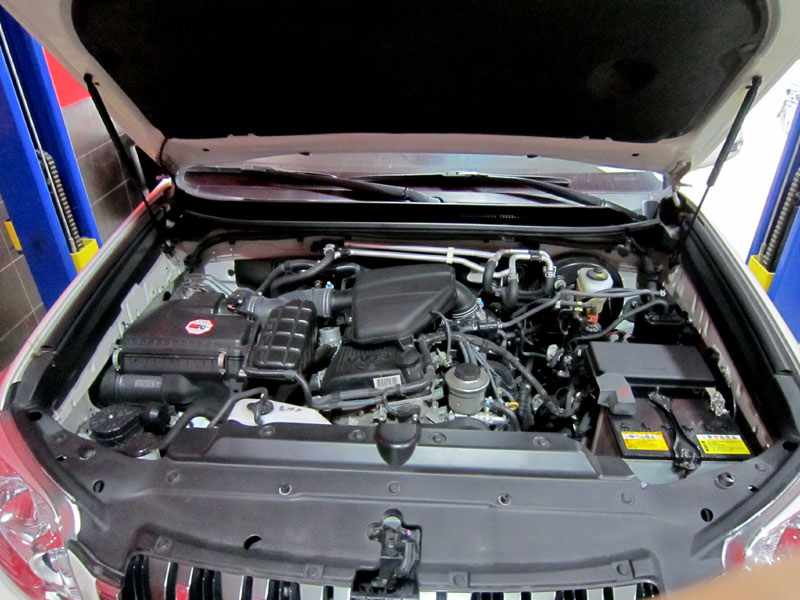
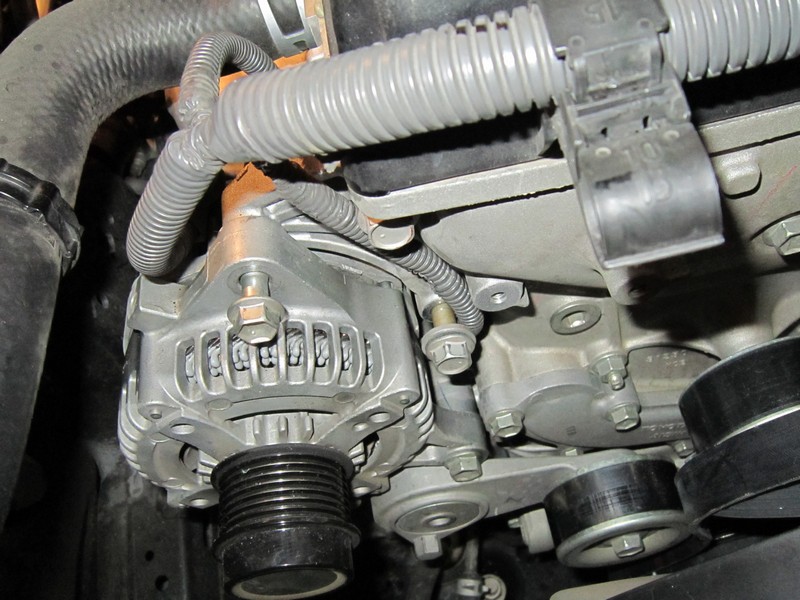
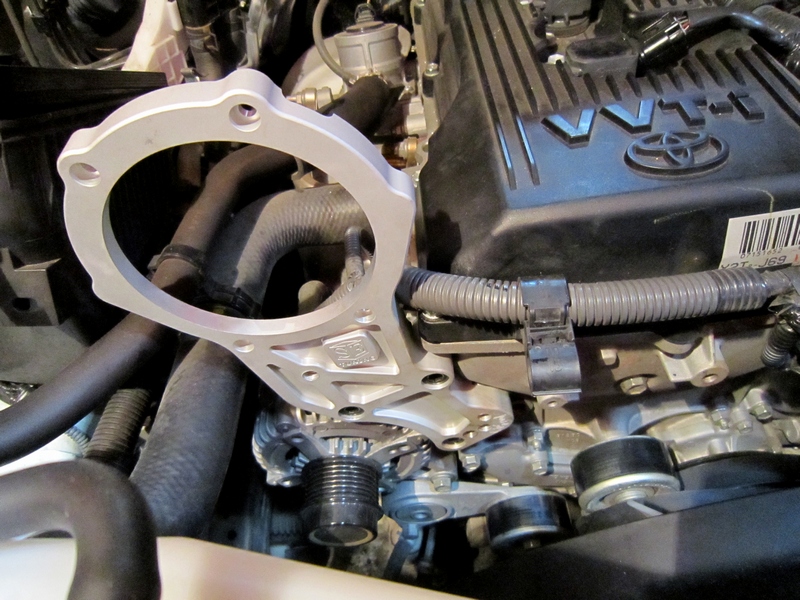
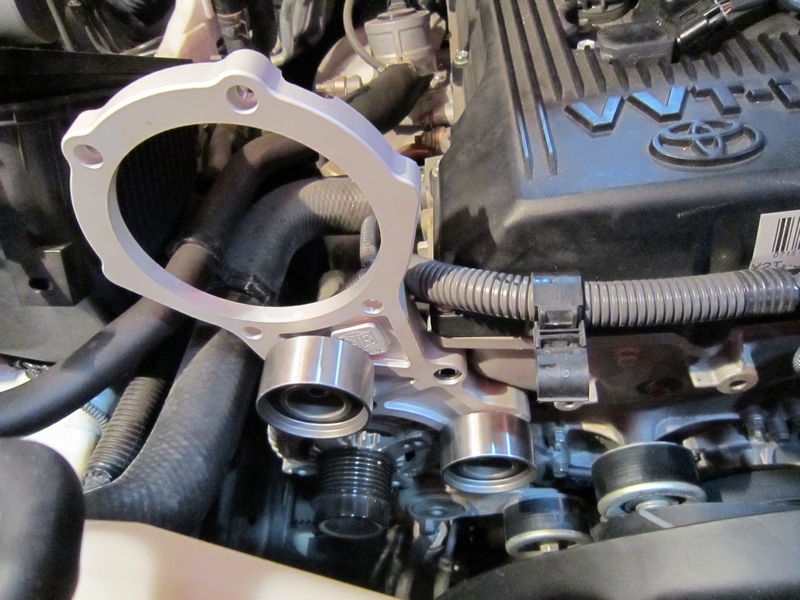
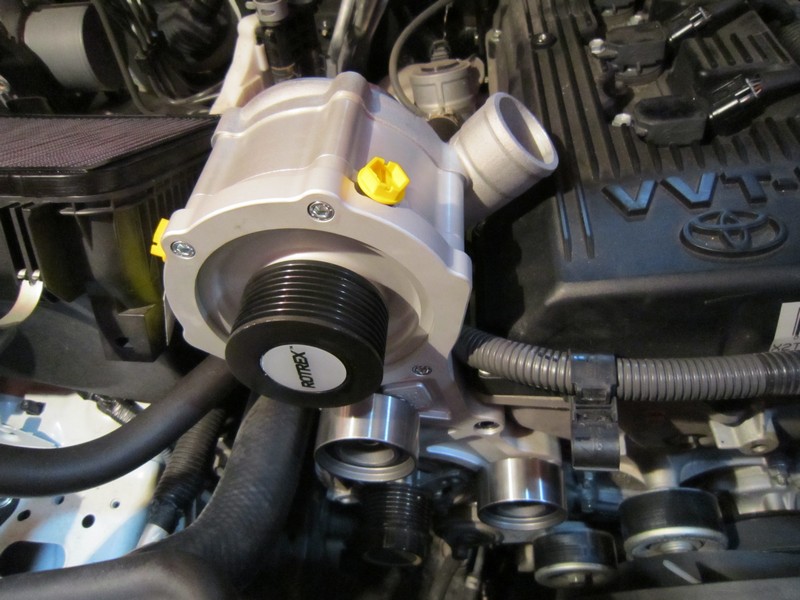

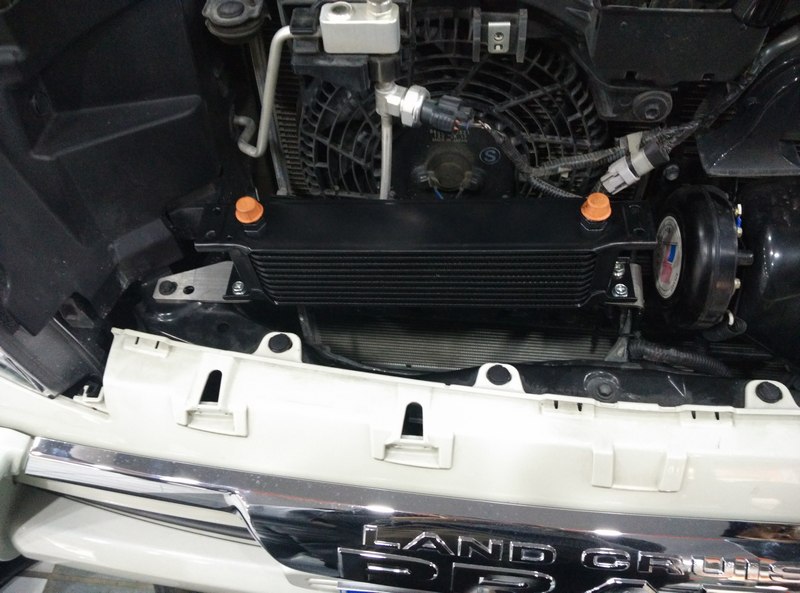
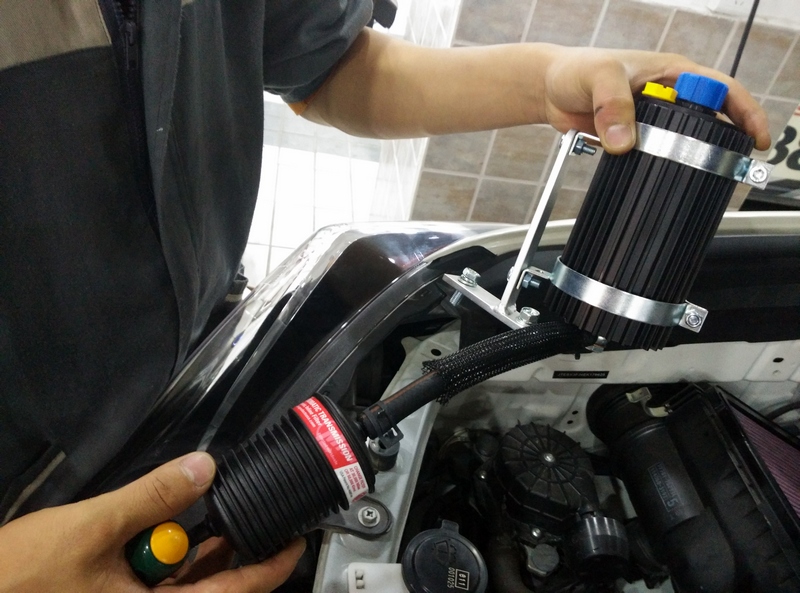

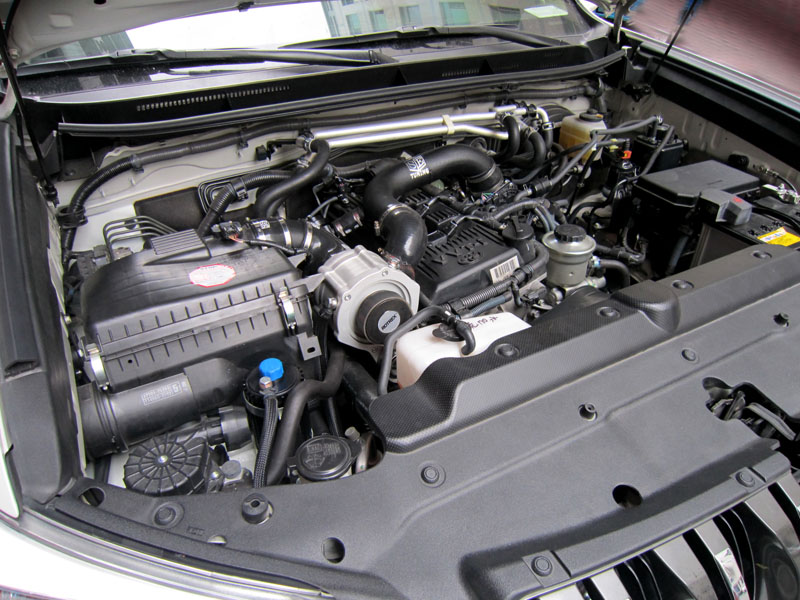
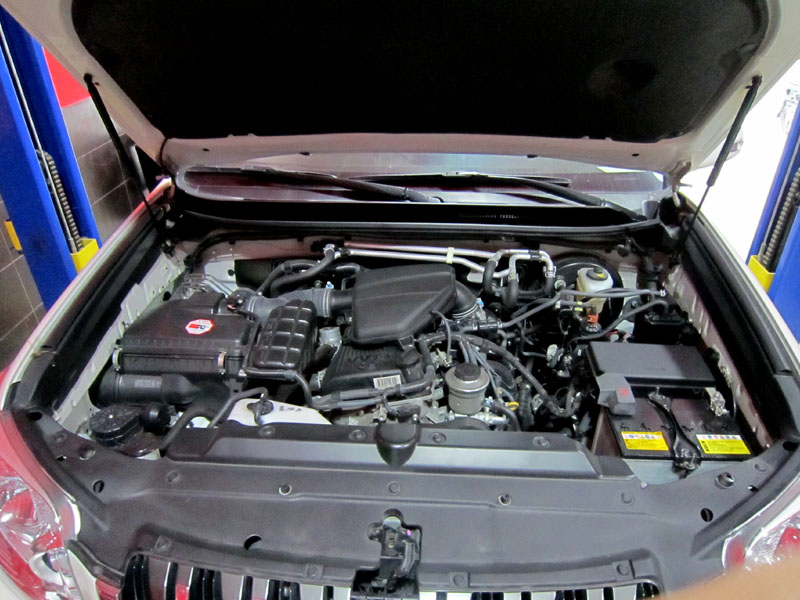
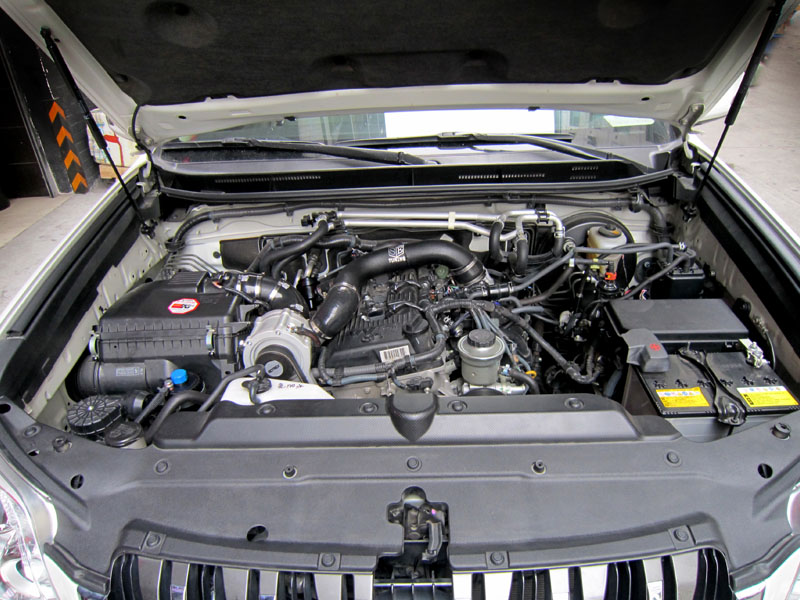
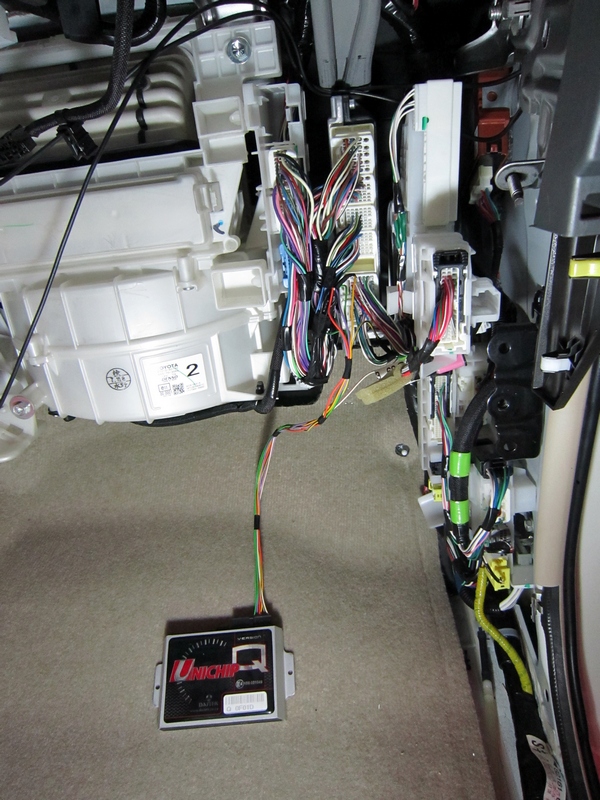
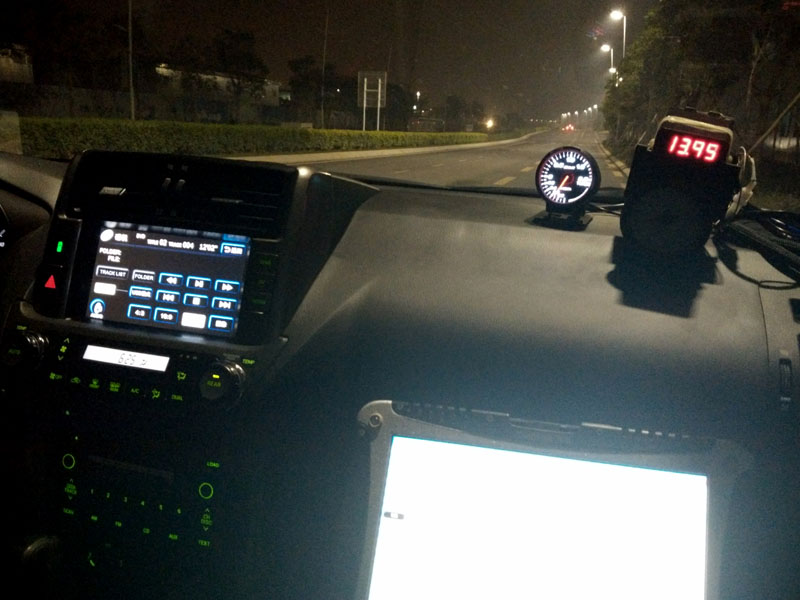

The Hard Work Paid Off: Prado 2700 Acceleration Test Results
Before Supercharger Installation
0-100 km/h acceleration: 15.0 seconds
After Supercharger Installation
0-100 km/h acceleration: [Improved time - e.g., 11.3s]
